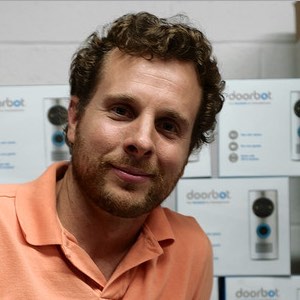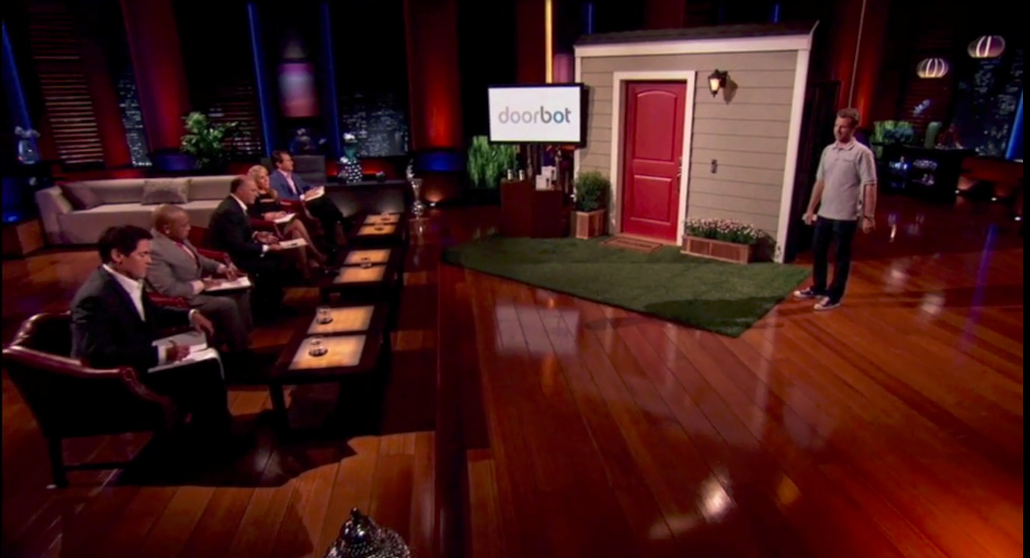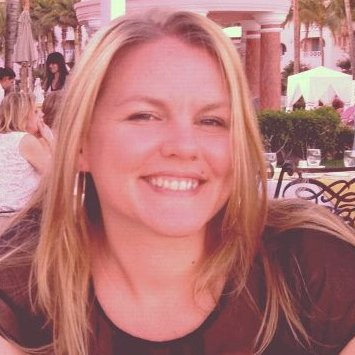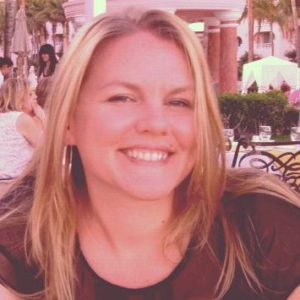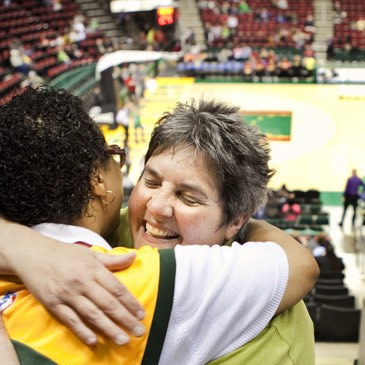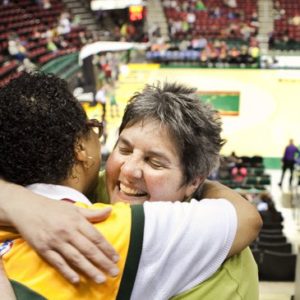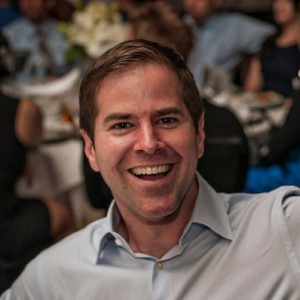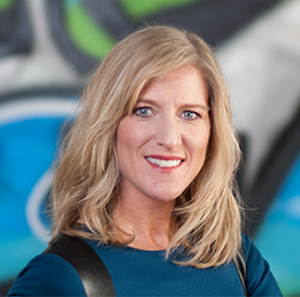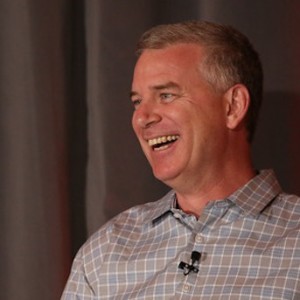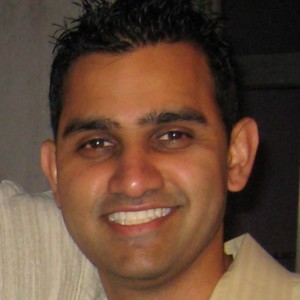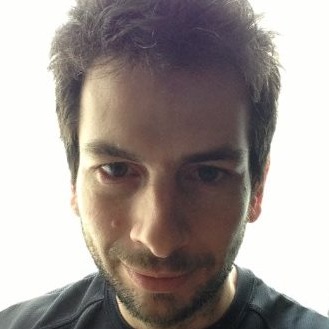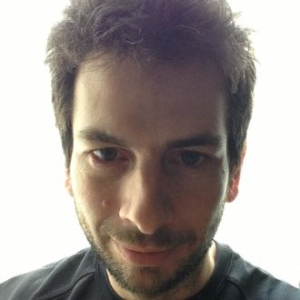I think a lot of people are pretty jaded about Apple keynotes now. For years we’ve seen Jony Ive videos with the requisite “Aluminium” voiceover, the device machining porn, and amazingly skilled close-up photography.
We’ve repeatedly heard them claim that “this is the best X we’ve ever created” — with zero press saying “you should f**ing hope so.”
All worth listening to and watching, if for no other reason than to delight in the balls it takes to completely ignore innovation happening elsewhere. Apple’s been so blatantly and shamelessly copied in so many ways for so many years, I don’t begrudge them this. But nerve they have.
So some thoughts on this last keynote:
- Love the sprinkling in of the term “machine learning” in different places. Apple PR has been working overtime to burnish the company’s anemic rep here.
- I love watches and have paid a lot of attention to Apple Watch. Their next gen — “Series 2” — fills some big gaps that make it more viable in the category’s sweet spot: fitness. They now have on board GPS and better, swimproof water fastness. A ton of engineering was required to get to these things — in particular power management — but they likely won’t get much breakthrough credit. The device ID is little changed, but coupled with a much better WatchOS, Series 2 looks solid.
- Headphone jack gone. Fine because they’re giving away an adapter/dongle which will keep usable any quality gear you’re currently using. Not fine because you won’t be able to listen to your old headsets and charge the phone at the same time (w/o some kind of new accessory which will not be free). Feels like a new normal kind of thing that we’ll be acclimated to very quickly.
- AirPods. Probably a stand-alone $1-2B business in short order. Bigger than that longer term. Glossy intro, complete with Jony Ive-narrated video. Love the vision. Potential big hole for version 1.0: active noise cancellation which was not mentioned, and is a little weird not to have on such a cutting edge device. Do I need to bring another headset for flights? If these passively block noise to the same extent as the corded earphones from Apple, then they won’t really work well on planes. When I lose one, do I need to replace both? Can I buy extra charger packs, or is that another thing to schlep around? They don’t look like they’ll stay in your ears with any kind of heart rate increasing activity. Is their sound quality good? Apple’s shamelessly claimed their headsets have sounded good for years when they haven’t — yielding an enormous headset aftermarket. These look like they are optimized for driving (hands-free), but will be less good for 1) exercise (staying in ear), 2) workstations (noise reduction), 3) high-end music enjoyment (fidelity). Good thing they’ll be able to cross sell Beats headphones …
- Storage on iPhone 7: at least the base configuration is up to 32GB. Given how easy it is to shoot high quality video, that’ll be barely adequate.
- Pulled the plug on Gold Apple Watch: it was always a bit weird, Apple selling a $10K+ bauble (the Oligarch Edition) that would be obsolete in a few years. It’s one thing to demand premium prices for well designed and high performing tech gear. It’s another to openly go into luxury categories where there is zero performance increase. I’m glad they’ve reeled this back in.
- iPhone 7 camera improvements: Apple will breathlessly claim a design breakthrough for the device, but it really seems like the major improvement in this phone generation is the camera hardware and the supporting system. The iPhone 7 Plus has the dual cameras (that other phones have been sporting for awhile). It’s Apple’s hardware/software integration that’ll make this the best smartphone camera on the market.
- They spent some serious presentation time on Pokemon Go for the Apple Watch. Data point revealed: 500 Million downloads of Pokemon Go…I’m not sure having an Apple Watch version is really going to boost momentum here or ease usage pain points. Weird that they gave this so much time.
For the two big volume devices — Watch and iPhone — it felt like gap filling and incrementalism respectively.
